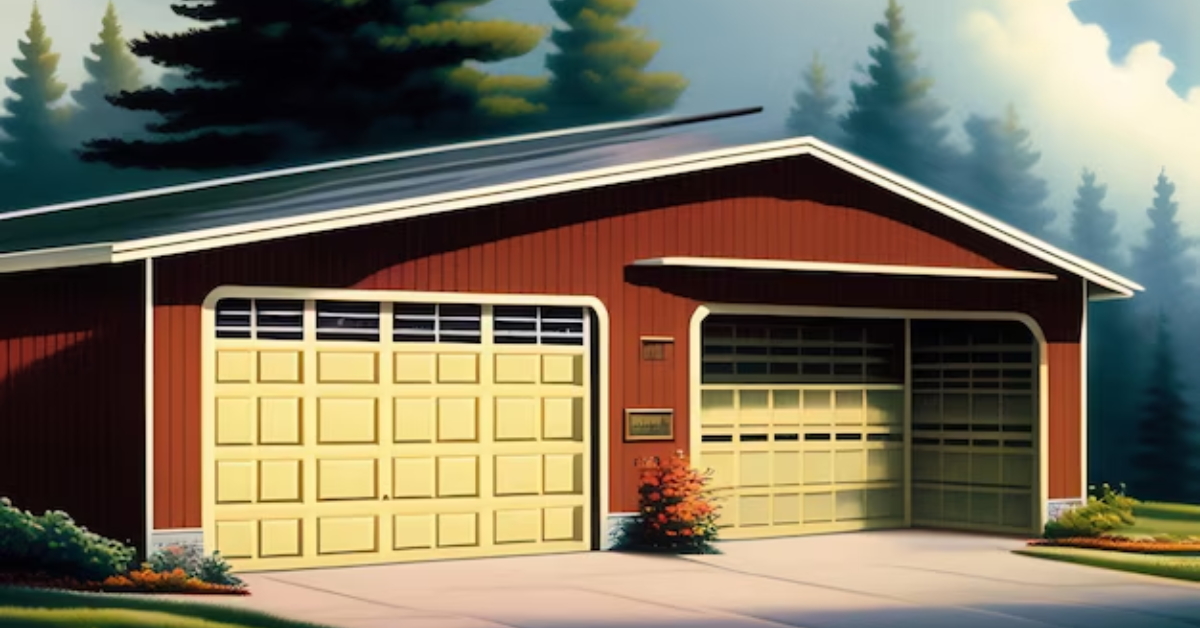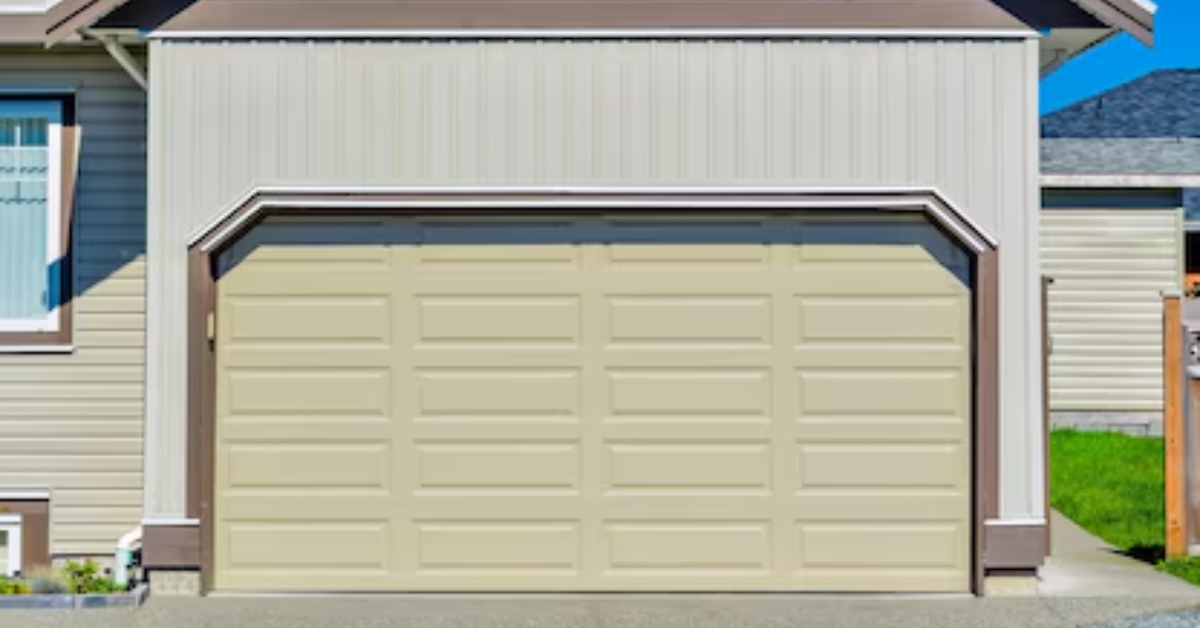How to Make Perpendicular Garage Door Horizontal Tracks
Garage doors operate using a combination of vertical and horizontal tracks, which guide the door smoothly as it opens and closes. However, in some cases, homeowners may need to convert perpendicular garage door tracks into horizontal tracks to improve functionality, optimize space, or accommodate a new garage door opener system.
If your garage door’s tracks are not properly aligned or you need to modify them for a smoother operation, this guide will walk you through the steps to make perpendicular garage door tracks horizontal effectively and safely.
Understanding Garage Door Tracks and Their Maintenance
Garage Door Track Systems | An Overview
Garage door tracks are typically divided into two main sections:
- Vertical Tracks – These run along the sides of the garage door and help guide the door as it lifts.
- Horizontal Tracks – These extend into the garage’s ceiling and allow the door to move fully overhead.
In some setups, perpendicular tracks are used when space is limited or for specialty garage doors. However, standard overhead doors function best with horizontal tracks, which provide smooth and efficient operation.
Why Convert Perpendicular Tracks to Horizontal Tracks?
There are several reasons why you might want to modify your garage door tracks:
- To accommodate an automatic garage door opener – Most openers require horizontal tracks for proper function.
- To improve door movement – A horizontal track system allows for smoother and more efficient door operation.
- To increase space efficiency – Horizontal tracks ensure the door fully retracts overhead, freeing up wall space.
- To enhance safety – Properly aligned tracks reduce strain on the door and prevent sudden malfunctions.
Tools and Materials Needed
starting the conversion, gather the following tools and materials:
- Adjustable wrench
- Power drill
- Level
- Measuring tape
- Ladder
- Garage door track brackets
- Screws and bolts
- Safety goggles and gloves
Step-by-Step Guide to Making Perpendicular Garage Door Tracks Horizontal
Step 1: Ensure the Garage Door Is in the Closed Position
Before working on the tracks, disconnect the garage door opener (if applicable) and make sure the door is completely closed. This prevents unexpected movement and ensures a safe working environment.
Step 2: Loosen and Remove the Existing Perpendicular Tracks
Using an adjustable wrench and power drill, carefully loosen the bolts and screws securing the perpendicular tracks. Remove them from the wall while ensuring the door remains stable. If needed, have someone assist you in holding the door in place during removal.
Step 3: Measure and Mark the Position for Horizontal Tracks
Using a measuring tape and level, mark where the new horizontal tracks will be installed. The horizontal tracks should align with the top of the garage door when it is fully closed. The correct alignment ensures smooth operation when the door moves overhead.
Step 4: Install the Horizontal Tracks
Attach the new horizontal tracks using the track brackets and mounting hardware. Ensure they are properly leveled before tightening the screws.
- Position the horizontal track brackets on the ceiling or upper frame of the garage.
- Secure the track in place using bolts and screws, ensuring a tight and stable fit.
- Use a level to confirm the track is perfectly aligned.
Step 5: Connect the Tracks to the Vertical Section
Once the horizontal tracks are in place, connect them to the vertical track section. Ensure that the transition from the vertical to horizontal track is smooth and seamless, without any misalignment or obstructions.
Step 6: Adjust and Tighten All Connections
Double-check all bolts, screws, and brackets to ensure they are securely fastened. Any loose hardware can cause instability, leading to improper door movement.
Step 7: Test the Door’s Movement
Manually open and close the garage door to check for smooth operation. If you notice any resistance or misalignment:
- Adjust the tracks slightly for better positioning.
- Lubricate the tracks and rollers to reduce friction.
- Ensure the door moves freely without jerking or getting stuck.
Step 8: Reconnect the Garage Door Opener (If Applicable)
If your garage door has an automatic opener, reconnect it and test the system. Make sure the opener aligns with the new horizontal tracks and functions correctly.
Common Issues and Troubleshooting
- Door Not Moving Smoothly – Check for misalignment and adjust the tracks if necessary.
- Tracks Are Not Level – Use a level to ensure the horizontal tracks are properly positioned.
- Garage Door Opener Not Working – Ensure the opener’s arm and motor align with the modified track system.
- Loud Noises When Operating – Apply garage door lubricant to reduce noise and improve movement.
Final Thoughts
Converting perpendicular garage door tracks into horizontal tracks enhances door functionality, improves space efficiency, and ensures smooth operation. By following these steps and ensuring proper alignment, you can successfully modify your garage door track system for better performance.
Regular maintenance, including lubrication and periodic adjustments, will help keep your garage door operating efficiently for years to come. If you encounter difficulties, consider consulting a professional garage door technician for expert assistance.




